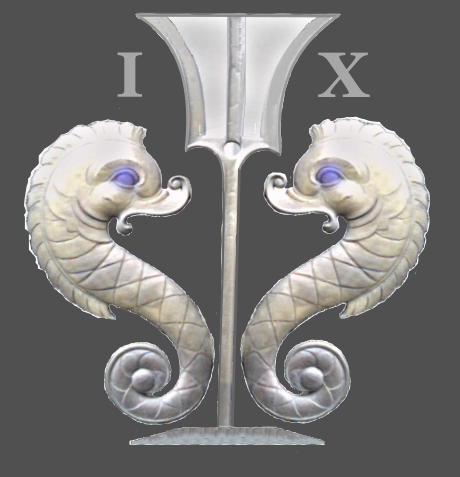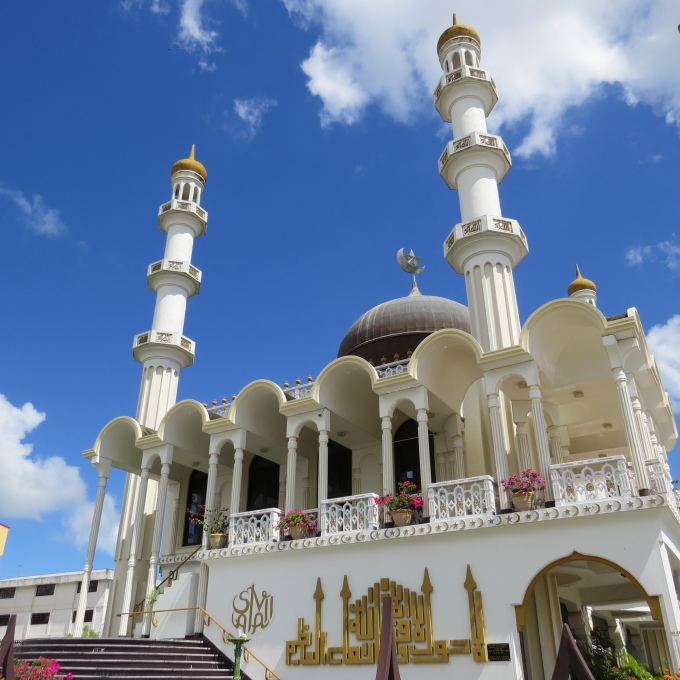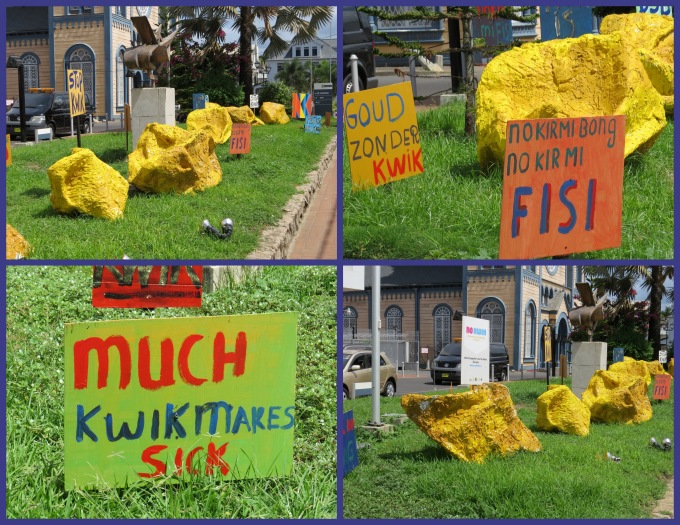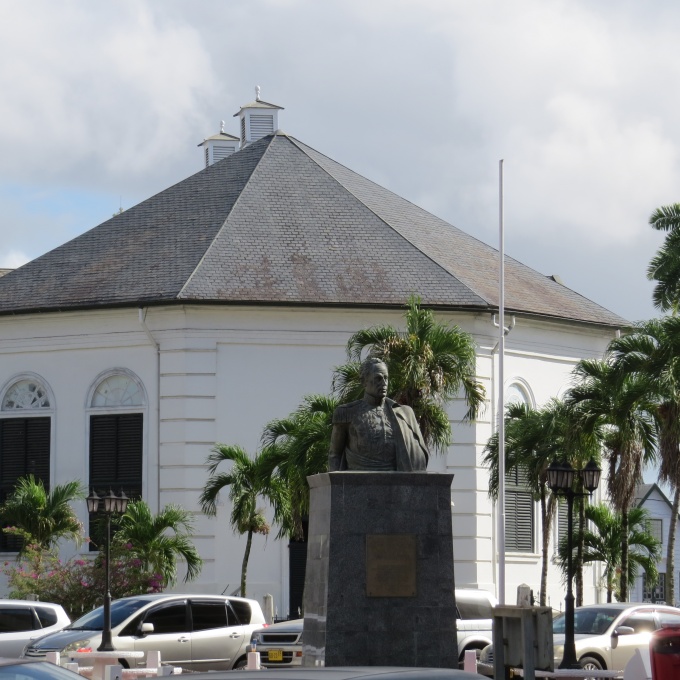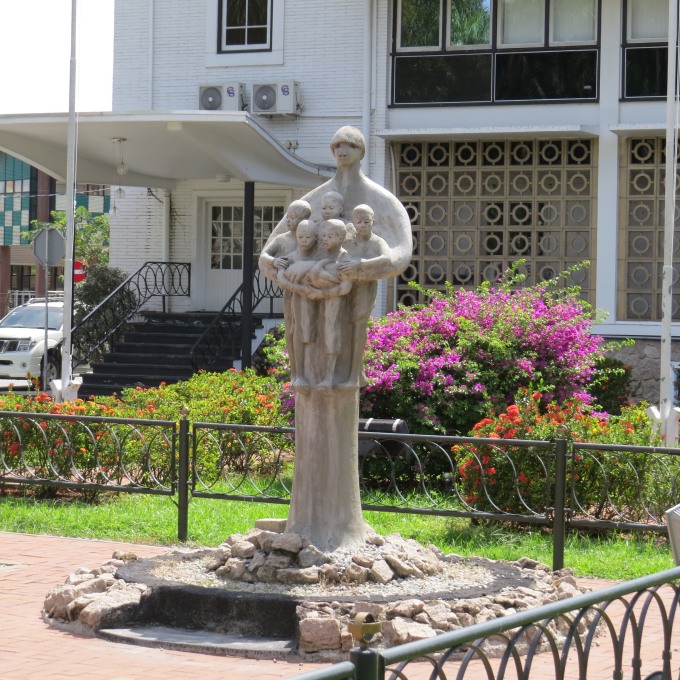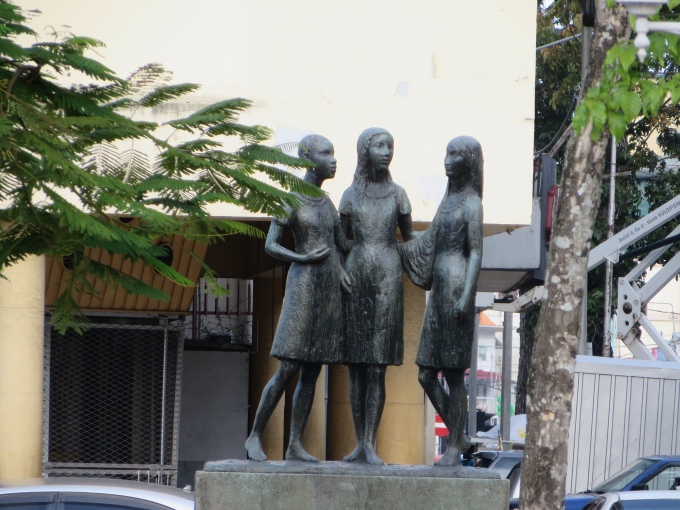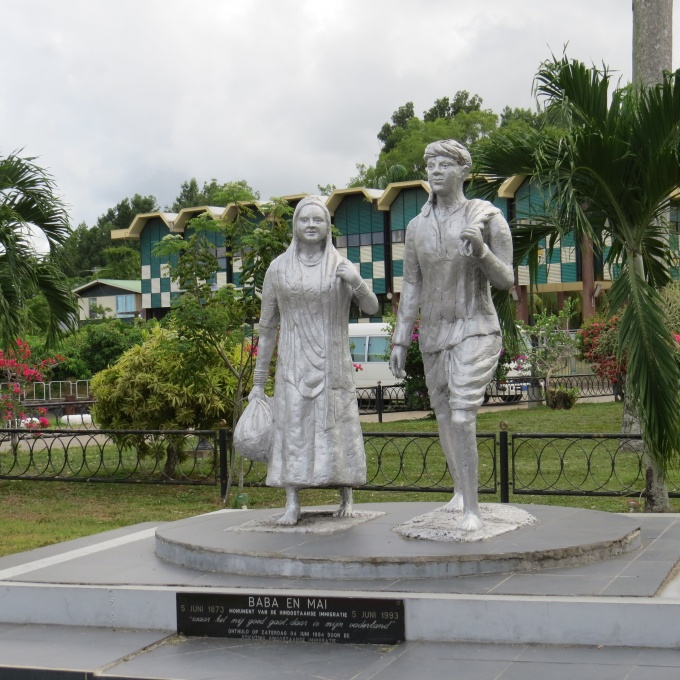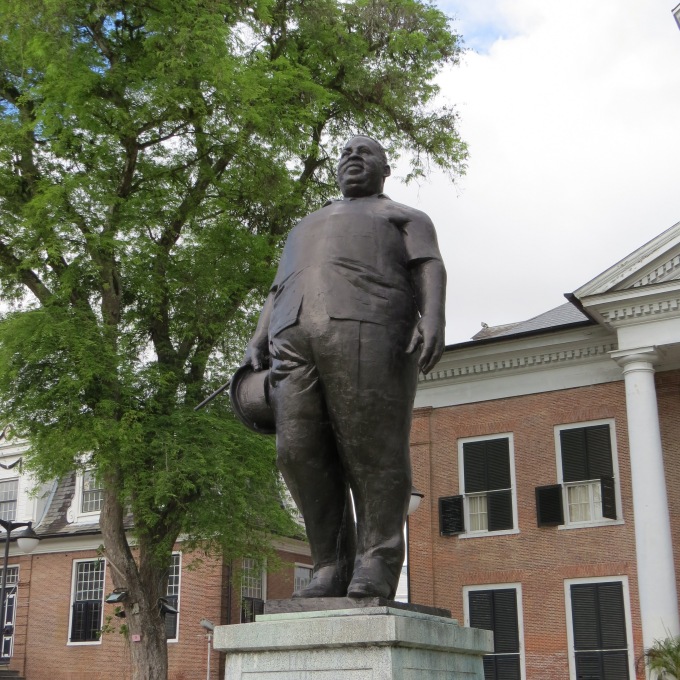Moored in the Suriname River
/Once again, we're up a muddy, brown river hanging on a mooring, watching the tide do its thing with great enthusiasm as we tackle our chore list. Each river seems to have its own unique feel. Though the river here is narrower than our anchorage on the Maroni, it seems calmer and a bit less turbulent even at the height of the flood tide. The breeze is certainly better here. It's cooler… no Edith Cavell wreck to block the wind. The wind gen and solar panels are always churning out power. We've had no need to start the engine since we arrived.

Not far from us on shore is a busy water taxi stand. From dawn till dusk, folks are ferried up and down the river regularly to little AmerIndian villages along the riverside. They look similar to the dugout canoes called pirogues in French Guiana. The prows are different. I asked if they were called pirogues here as well, and they're not. “So what then?”, I queried. “They call them boats”, was the response. I found out later that the AmerIndians call them corials or korjaal.
It's not nearly as busy here as St. Laurent though and the mornings are typically calm and quiet. Sometimes on the weekends, there are fancier, two-decker corials that bring tourists up the river for a tour.
The boats typically stop at the little Domburg dock for a quick look-around and snack at the Javanese warungs (food stalls) in the little square next to the marina restaurant. Quiet during the week, the place is jumping with tourists and local families on the weekends.
We usually head into the little marina restaurant, the River Breeze, twice a day. In the morning, it's a quick check on the Internet for e-mails and posting the blog. In the early evenings, after the workday is finished, we return for showers, more Internet, a shared djogo of cold Parbo beer and a get-together with other cruisers. Currently, there are Canadians, Brazilians, Argentinians, Austrians, Italians and Germans here plus an American family from Seattle that just arrived from Brazil this morning.
In the early mornings, it's been very foggy … the pea soup variety. We can sometimes hear the leonine roars of the howler monkeys in the jungle in competition with dogs barking on shore. Kiskadees still provide the key melody to morning bird song. Tiny welcome swallows flit around and frequently land on our solar panels or lifelines. At night, when the birds sleep, we hear the flutter and whoosh of bat's wings. A bat flew in through the forward hatch the other night, giving us an adrenaline rush. We could feel him and hear him more than actually see him. He was like a wraith as he whizzed back and forth and finally, thank goodness, found his way out through the aft hatch. We thought this was very unusual, but talking with other yachties, it happens quite frequently here.
Thanks to the bats, there are amazingly few bugs or mosquitoes around. We see butterflies and bees during the day that check out the boat before continuing on their way up the river, but that's about it. The only nuisance is the disturbingly loud drone of jet-skis that come out in swarms on the weekends, churning up the river water as they race around the moored boats.
Logs and debris float by regularly with the turn of the tide. We're told that folks clearing land up river, dump all the tree trunks and cleared shrubs into the river, so they don't have to cart it away. One sailboat anchored near us was unable to raise his anchor when it came time to move. Closer inspection indicated about 50 meters of anchor chain wrapped around a huge, water-sodden log. It took the crew the better part of two days to unravel the mess and break free.
We watched a good-sized powerboat sink near shore over several days with apparently no intervention by locals or the owner. We noted that his stern seemed to be particularly low in the water one evening … perhaps his stern line was too tight? The next morning only his bow remained above water. We reported it at the marina, but after two days, still no action was taken. Some fellows took a look at it, but we think they're perplexed as to what to do. They have limited funds and limited equipment with which to work.
We're trying to finish up chores in order to get on with our passage through the Guianas and then on to Trinidad for a haul-out. David sands or varnishes whenever possible. It's so dewy in the mornings, it's hard to get an early start and it appears the rainy season has begun. After a couple of days of dry weather when we first arrived, we now have showers and heavy downpours nearly every afternoon making varnishing a challenge. It might have to wait. There's plenty more to do, however. He's replaced the cockpit GPS with a spare. The whisker pole track and a new solenoid switch for the stove are still on the “to-do” list. And, of course, there's more to see in Suriname before we depart. Never enough time!
Today's Dutch word – ankerplaats - anchorage
